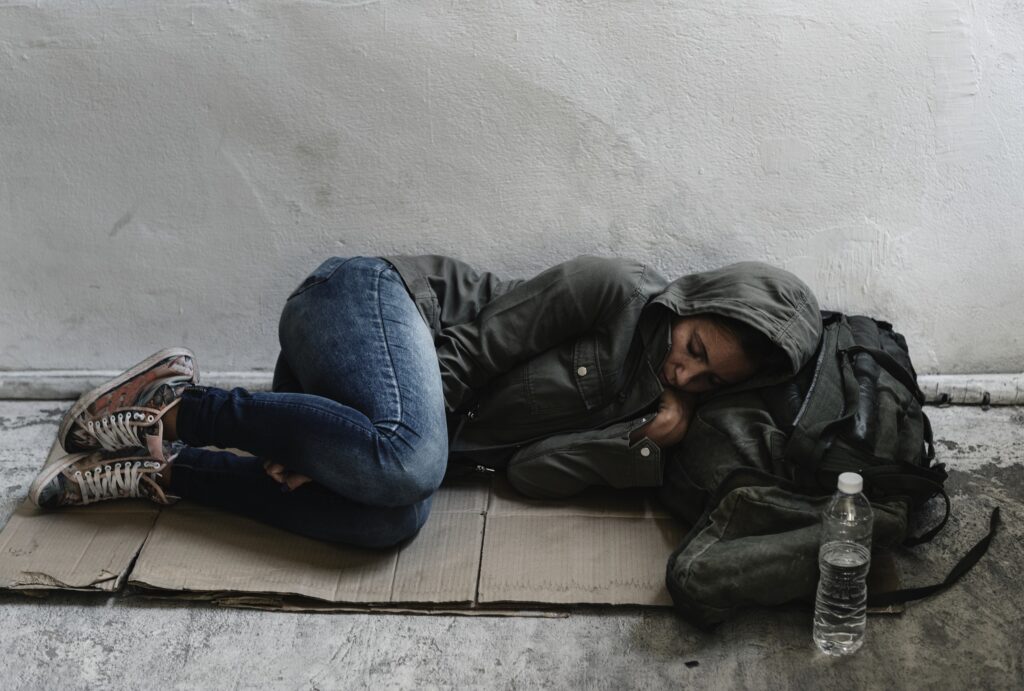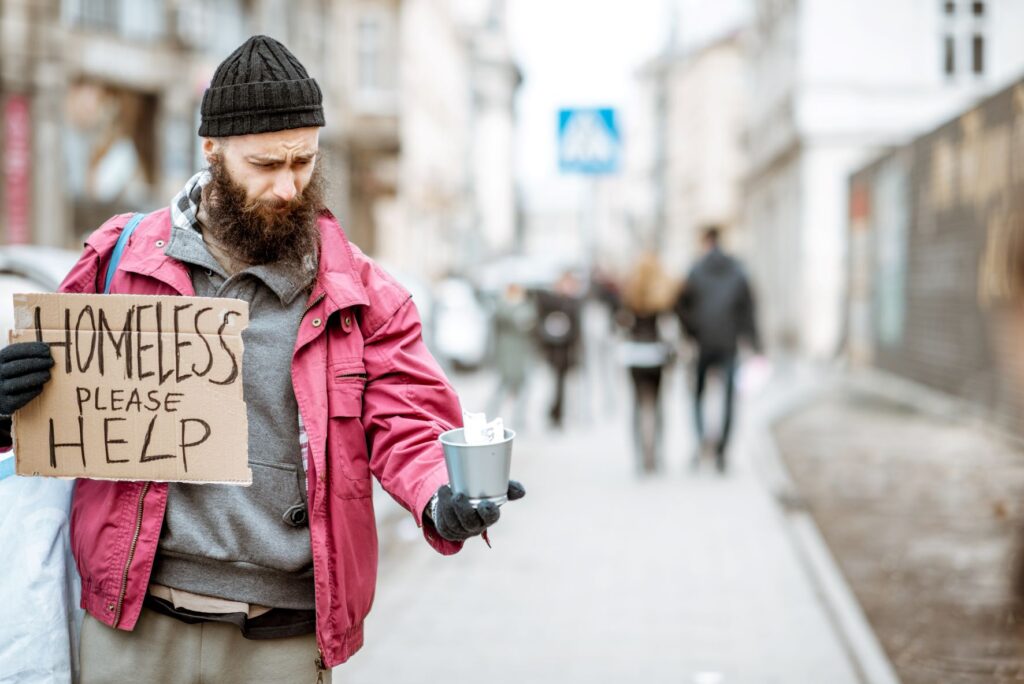Are you tired of the same old hotel experiences in Essex NJ? Looking for a way to connect with others in the hospitality industry and explore new opportunities? Well, look no further!
In this article, we will delve into the world of connections in the hospitality network, where collaboration and cooperation reign supreme. Get ready to broaden your horizons and discover a whole new level of personalized service.
In today’s fast-paced world, building relationships has become more important than ever. And in the hospitality industry, it is no different. From hotels to restaurants to travel agencies, connections are what make the difference between an average experience and an extraordinary one.
By exploring connections within the hospitality network, you open yourself up to a plethora of possibilities – from finding unique accommodations off-the-beaten-path to discovering hidden gems recommended by fellow professionals.
So buckle up as we take you on a journey through this interconnected web of collaboration and camaraderie that defines the hospitality industry.
Key Takeaways
- Building relationships and connections within the hospitality network is crucial for success in the industry.
- Collaboration and cooperation are essential for staying competitive and leveraging combined resources and networks.
- Strategic partnerships and innovative collaborations can unlock new opportunities for growth and expansion.
- Actively seeking partnerships and participating in networking events strengthens a company’s position, expands offerings, and provides access to resources.
Building Relationships in the Hospitality Network
You need to actively engage with other members of the hospitality network in order to build strong relationships. One way to do this is by attending networking events for hospitality professionals. These events provide a valuable opportunity to meet and connect with others in the industry, exchange ideas, and learn from each other’s experiences.
By actively participating in these events, you can expand your network and establish meaningful connections that can benefit your career in the long run.
Trust plays a crucial role in building relationships within the hospitality network. When you interact with fellow professionals, it’s important to demonstrate trustworthiness and reliability. This means fulfilling commitments, being transparent, and maintaining confidentiality when necessary.
Trust forms the foundation of any successful relationship, allowing for open communication and collaboration. In the hospitality industry where teamwork and cooperation are essential, establishing trust is even more critical as it fosters effective partnerships and promotes a positive work environment.
By prioritizing trust-building efforts, you can cultivate strong relationships that’ll not only enhance your professional growth but also contribute to the overall success of the hospitality network as a whole.

Collaboration and Cooperation in the Industry
Collaboration and cooperation are crucial in the hospitality industry, as partners often find themselves benefiting from unexpected synergies and mutual support. In order to stay competitive and meet the ever-changing needs of customers, businesses in the industry are increasingly seeking innovative partnerships with other organizations.
By joining forces, they can leverage their combined resources, expertise, and networks to create unique offerings that stand out in a crowded marketplace.
One example of collaboration in the hospitality industry is when hotels partner with local tour operators or transportation companies to provide bundled packages for guests. This allows both parties to tap into new customer segments and offer a more comprehensive experience for travelers. By sharing resources such as marketing efforts and distribution channels, these partnerships can reach a wider audience and generate more revenue for everyone involved.
Another way collaboration is fostered is through shared resources among businesses in the hospitality network. For instance, smaller bed and breakfast establishments may collaborate with larger hotels to share housekeeping services during peak seasons or high-demand periods. This arrangement not only helps alleviate staffing challenges but also allows both parties to optimize their operations by reducing costs and increasing efficiency.
Collaboration and cooperation play a vital role in the success of businesses within the hospitality industry. Through innovative partnerships and shared resources, organizations can unlock new opportunities for growth while providing enhanced experiences for their customers. By embracing these collaborative approaches, businesses can stay ahead of the competition in an ever-evolving market landscape.
Types of Connections in the Hospitality Network
One way businesses in the industry can foster stronger relationships is by forming strategic partnerships to expand their offerings and reach a wider audience. By collaborating with other companies, hospitality businesses can tap into new markets and leverage each other’s strengths.
For example, a hotel might partner with a local tour operator to offer exclusive packages that combine accommodation with guided tours or activities. This not only enhances the guest experience but also allows both businesses to attract customers who may not have considered them individually.
Another way for businesses in the hospitality industry to establish connections is through networking events. These events provide valuable opportunities for professionals within the industry to meet and exchange ideas, experiences, and contacts. Networking events can range from large conferences and trade shows to smaller gatherings organized by professional associations or chambers of commerce.
Attending these events allows individuals to connect with potential partners, suppliers, or even mentors who can offer guidance and support. Building connections through networking events can lead to collaborations, referrals, and access to resources that may otherwise be unavailable.
Forming strategic partnerships and participating in networking events are effective ways for businesses in the hospitality industry to establish connections within their network. These connections not only help expand business offerings but also provide access to valuable resources and opportunities for growth.
By actively seeking out partnerships and engaging in networking activities, companies can strengthen their position within the industry while fostering collaborative relationships that benefit all parties involved.
Conclusion
In conclusion, the hospitality network is a complex web of connections that requires collaboration and cooperation among its members. Building relationships within this network is crucial for success in the industry.
By establishing strong connections with other professionals, you can tap into a wealth of knowledge and resources that can help your business thrive.
One key aspect of the hospitality network is collaboration. This involves working together with others to achieve common goals and objectives. Whether it’s partnering with a local restaurant to offer special promotions or collaborating with other hotels to create a comprehensive tourism package, these partnerships can lead to increased visibility and revenue for all involved parties.
Another important type of connection in the hospitality network is cooperation. This involves pooling resources and sharing information to benefit everyone in the industry. For example, hotel chains may share best practices on customer service or collaborate on marketing campaigns to attract more visitors to their destinations.
By actively participating in the hospitality network and building strong connections with other professionals, you can gain valuable insights, support, and opportunities for growth. So don’t hesitate to reach out, collaborate, and cooperate with others in the industry – it will surely pay off in countless ways!



